 Trending Articles
Trending Articles
-
The History Of Japanese Luxury Watch Brand Grand Seiko
21 Aug, 20230
 Featured Video
Featured Video
A Collector’s Delight — Arnold & Son Time Pyramid
READ FULL STORYIn the world of luxury watches, some names shine brighter than others, encapsulating fine watchmaking, elegance and an enduring legacy of craftsmanship. Among these horological luminaries, one brand stands tall, synonymous with unrivalled precision, timeless design and exceptional artistry — Grand Seiko. Boasting a magnificent and inspiring heritage that has contributed to its popularity, the brand has already etched its mark in the annals of watchmaking history, setting new standards and redefining the essence of Japanese horology.
Grand Seiko – The Beginning Of A Magical Watchmaking Journey
The history of the brand goes back to 1892, when 32-year-old entrepreneur Kintaro Hattori founded Seikosha, transforming his small watch repair and retail shop in Tokyo into a full-fledged watch and clock manufacturing unit. And while many milestone pieces were crafted under the name Seiko, it was only in 1960 that the first Grand Seiko watch would see the light of day, ultimately becoming one of Seiko’s signature pieces.
The first Grand Seiko watch was fitted with GS calibre 3180, making it the first watch in Japan that passed the standard of excellence of the Bureaux Officiels de Contrôle de la Marche des Montres. Crafted by a team of the most experienced and skilled experts to compete with Swiss timepieces, which were then known for their detailed craftsmanship, the first Grand Seiko came equipped with functionalities that would lay the foundation for all future collections by the brand. The watch included a 45-hour power reserve and a hacking mechanism, which could be activated by pulling out the crown, allowing wearers to set the time more accurately and precisely. It also came with a two-phase regulator mechanism, astounding people that such a watch could come out of Japan.
As such, it can be said that the watch perfectly embodied Seiko’s excellent watchmaking. Delivering more accuracy and durability than any other previous Seiko, this timepiece was just a peek into what more was to come. And people did not have to wait long because 1964 saw the launch of the 2nd generation Grand Seiko, the Self-Dater, with a calendar function and 50-metre water resistance. The Grand Seiko 44GS, released in 1967, was deemed the best watch by the atelier; it featured a manual movement that was the most accurate in the world.
Introduction of the Grand Seiko Quartz
Although the 44GS brought commendable success, Grand Seiko soon surpassed that and came up with a watch that many still consider synonymous with the brand. 1988 saw the release of the 95GS, the first quartz watch by the house and one that quite literally outperformed all other quartz watches in the market. With each component made in-house, 95GS was crafted with only those pieces proven to have the best performance in all conditions, including temperature, shock and humidity resistance. For even greater control over the construction method and the result, the maison also reportedly used crystals grown in its own factory, giving it the best possible quality they wanted. Over the next decade, the brand created numerous outstanding quartz watches, pushing the envelope with each new iteration.
Perfecting The Mechanical Movement For A New Generation
The late-90s was when the watchmaking process of Grand Seiko took a huge leap in the form of constructing enhanced mechanical movements. With the increased need for technology among customers, this was an obvious move, and it yielded great results for the maison. In addition to the drive for more functional watches with the help of mechanical movement, this was also a time when the watchmakers at the brand decided not to settle for minor changes to the construction. They wanted a complete renovation that would awe and inspire the wearers. And this came to fruition when the 9S movement was ready. To this day, the 9S calibre continues to be one of the most high-precision mechanical movements in the world.
Reaching The Pinnacle – The Introduction Of Spring Drive
Although Grand Seiko achieved considerable popularity and acclaim with its range of quartz watches, the brand could not sit still and ventured to develop new technology in 1977. While no one knew it would take around 21 years to develop and around five more years to gain perfection, Grand Seiko reached the pinnacle of watchmaking when it finally came out with the perfected Spring Drive technology in 2004. Featuring a power reserve of 72 hours and an accuracy of +/- 1 second per day, this new technology was used in practically all new Grand Seiko watches.
The first Spring Drive movement calibre 9R65 featured an automatic winding mechanism along with an electronic regulator. Soon after achieving this feat, the brand also made a personal record in 2009 by crafting the first hi-beat calibre in 41 years. This 10-beat movement allowed an accuracy of +5 to -3 seconds, combined with a 55-hour power reserve and the durability that Grand Seiko has been known for since the beginning.
Grand Seiko won the ‘Petite Aiguille’ prize at the 2014 Grand Prix d’Horlogerie de Genève for the Hi-beat 36000 GMT Limited Edition (reference SBGJ005) that impressed everyone with its distinct movement powered by Grand Seiko’s automatic mechanism. Along with the power reserve of 55 hours and a high accuracy of only +5 to -3 seconds in a day, the timepiece also has a date complication at three o’clock, with the GMT hand moving independently from the HMS hands.
2016 saw the development of movement 9R01, with three barrels ensuring an impressive power reserve of 192 hours. It was also the year when the maison launched its fully ceramic watch called The Black Ceramic Limited edition.
Rebirth in 2017
2017 became a memorable year for the maison when it got established as an independent brand, moving out of Seiko’s umbrella after 58 years. But it was a surprise to no one, as Grand Seiko had already boasted a design and appeal unique from Seiko, garnering its own loyal fanbase with every new watch. All that is left now is to anticipate even more revolutionary timepieces from the brand.
The Journal
Want to be the first to be in the know?
Sign up to be emailed when I publish new content. Read. Watch. Shop. Learn. Trade. All in one place.


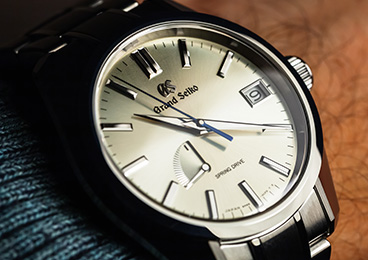

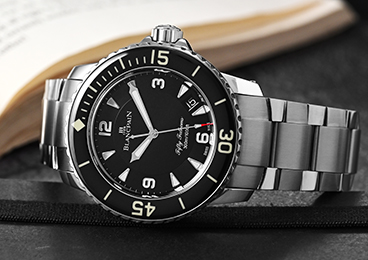

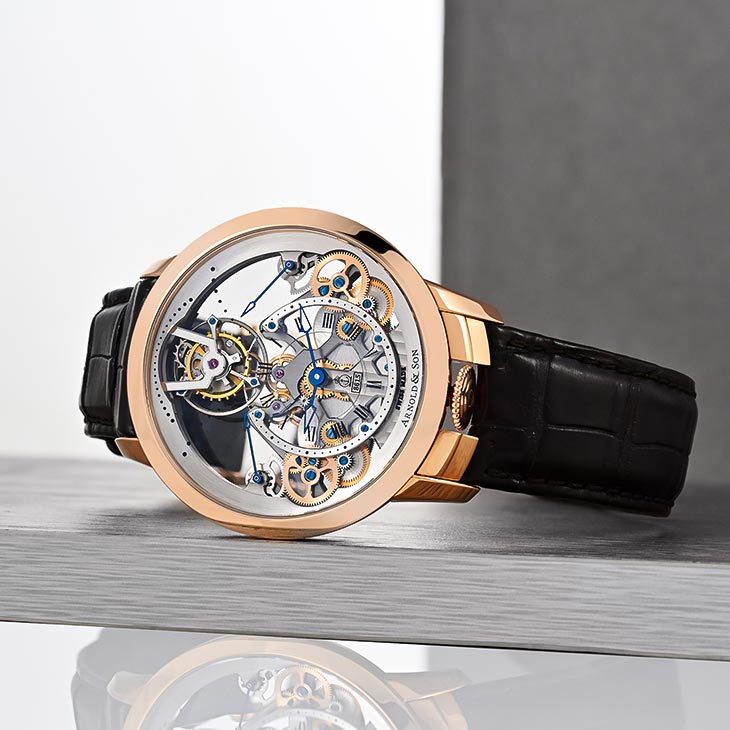

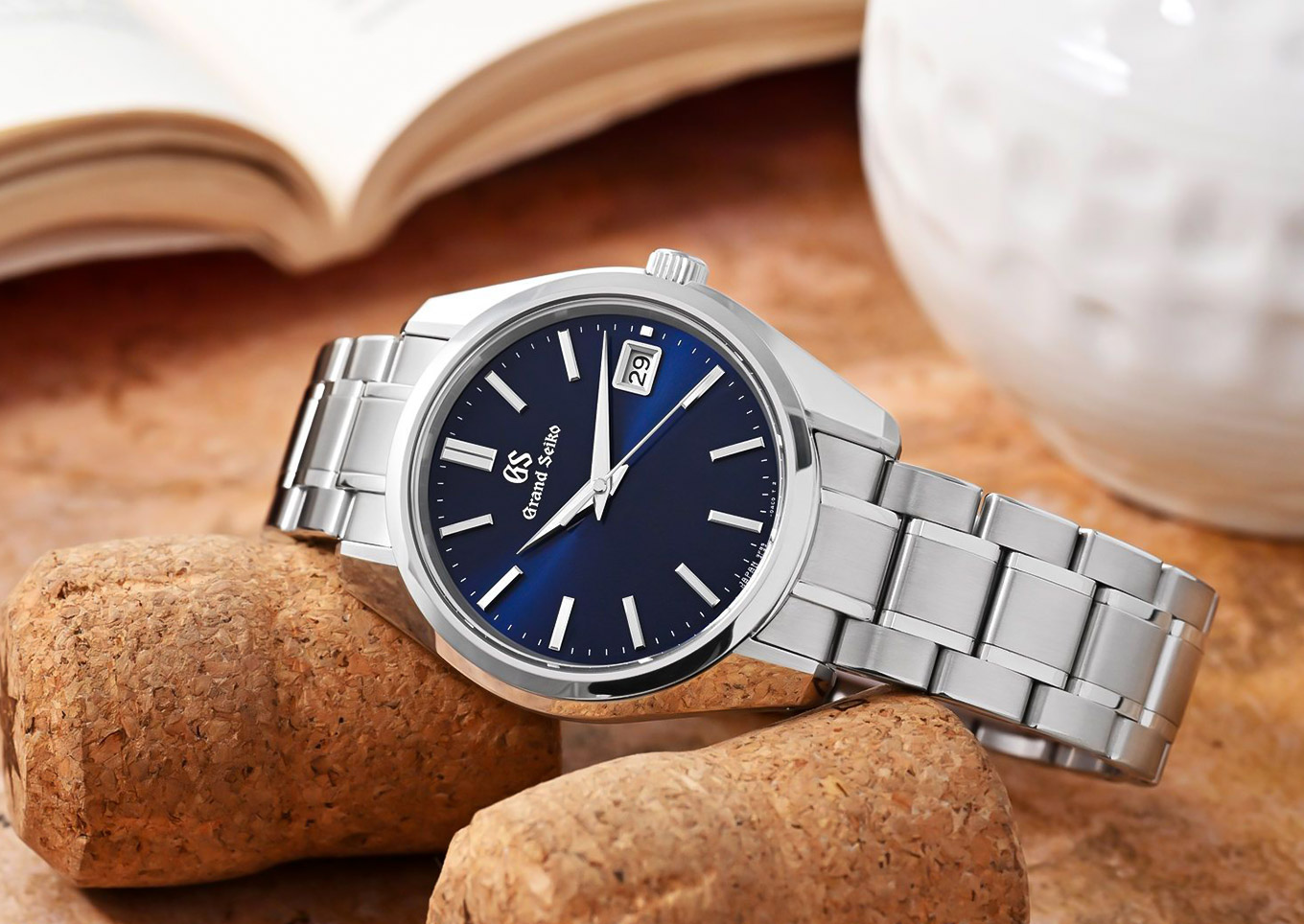
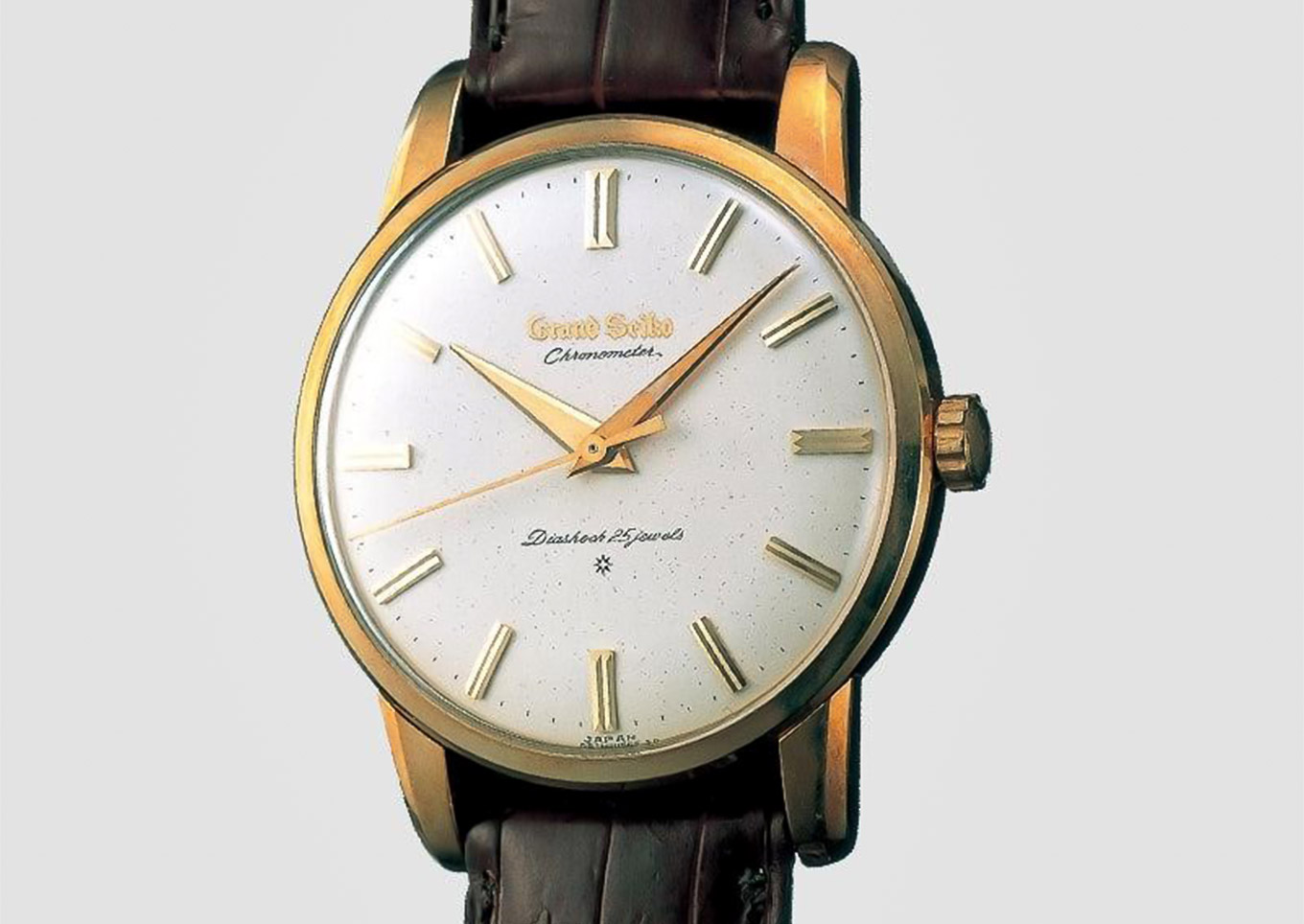
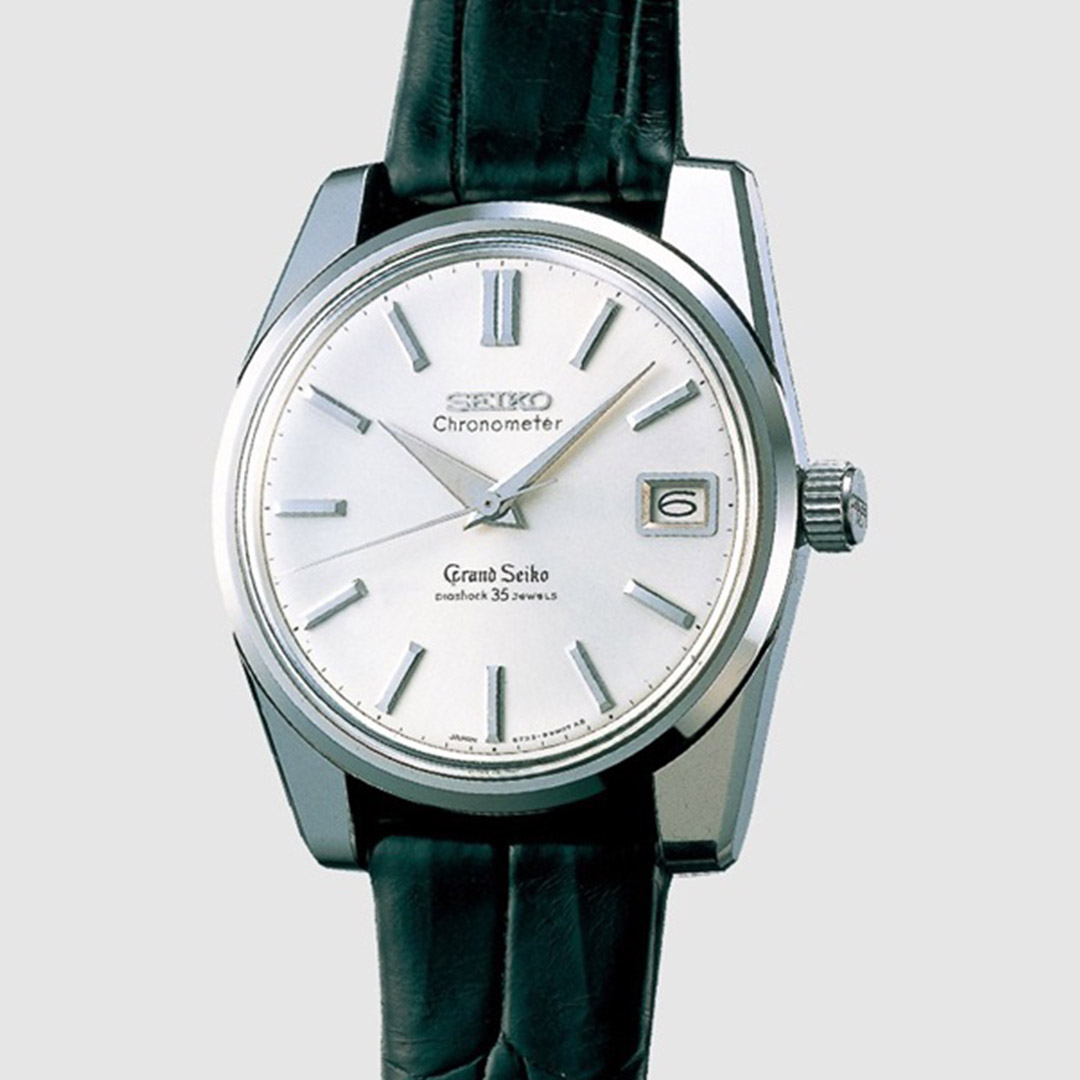
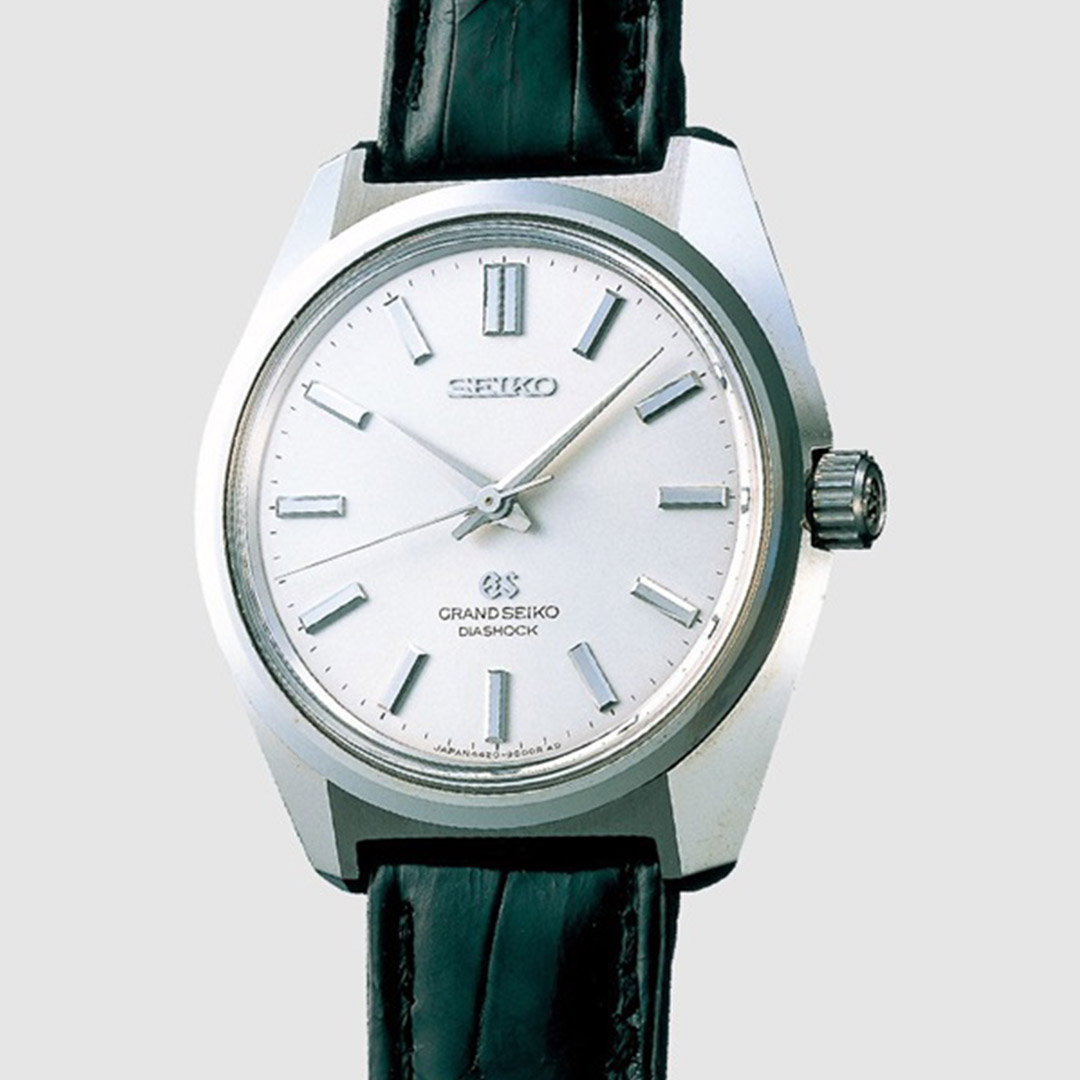
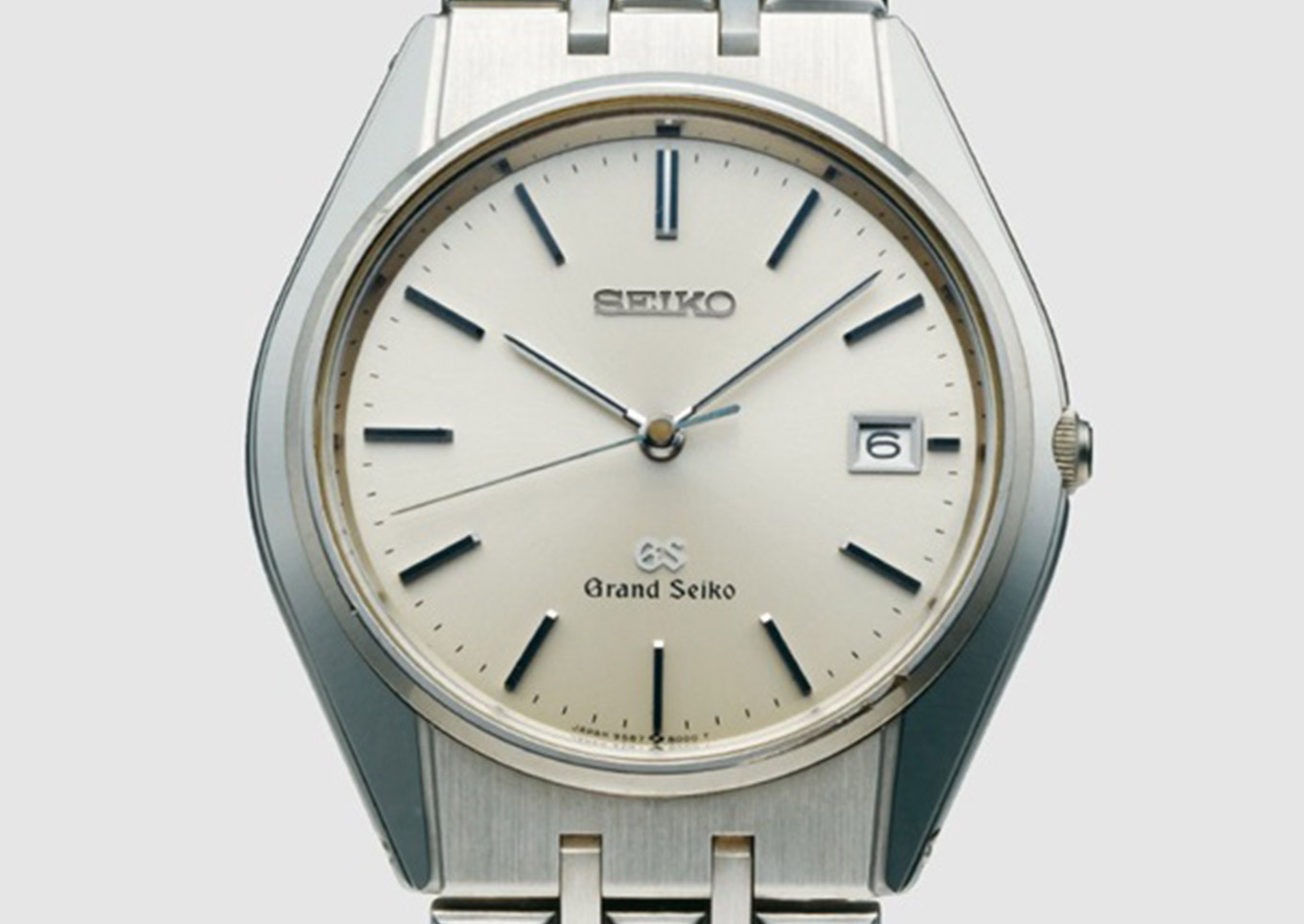
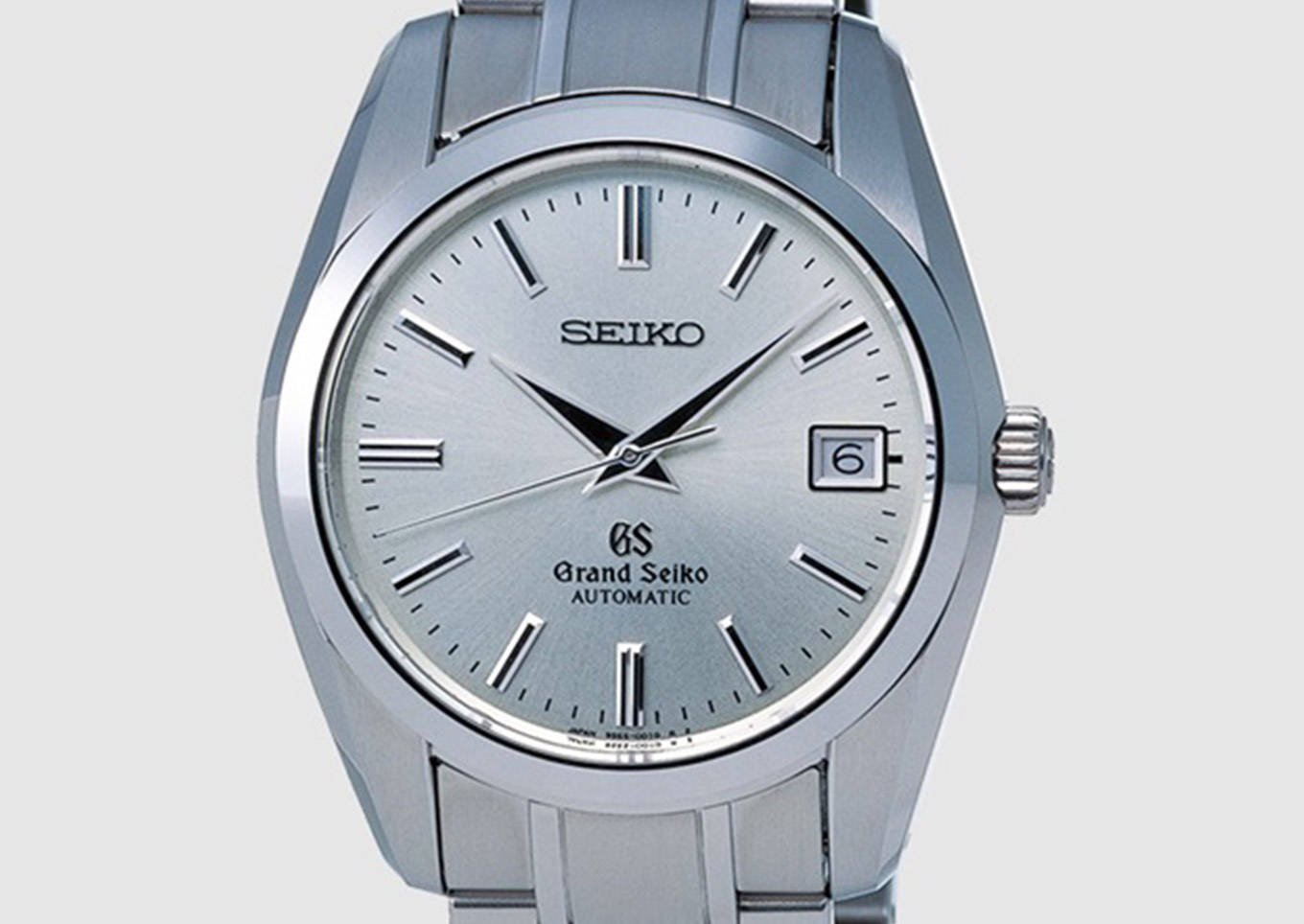
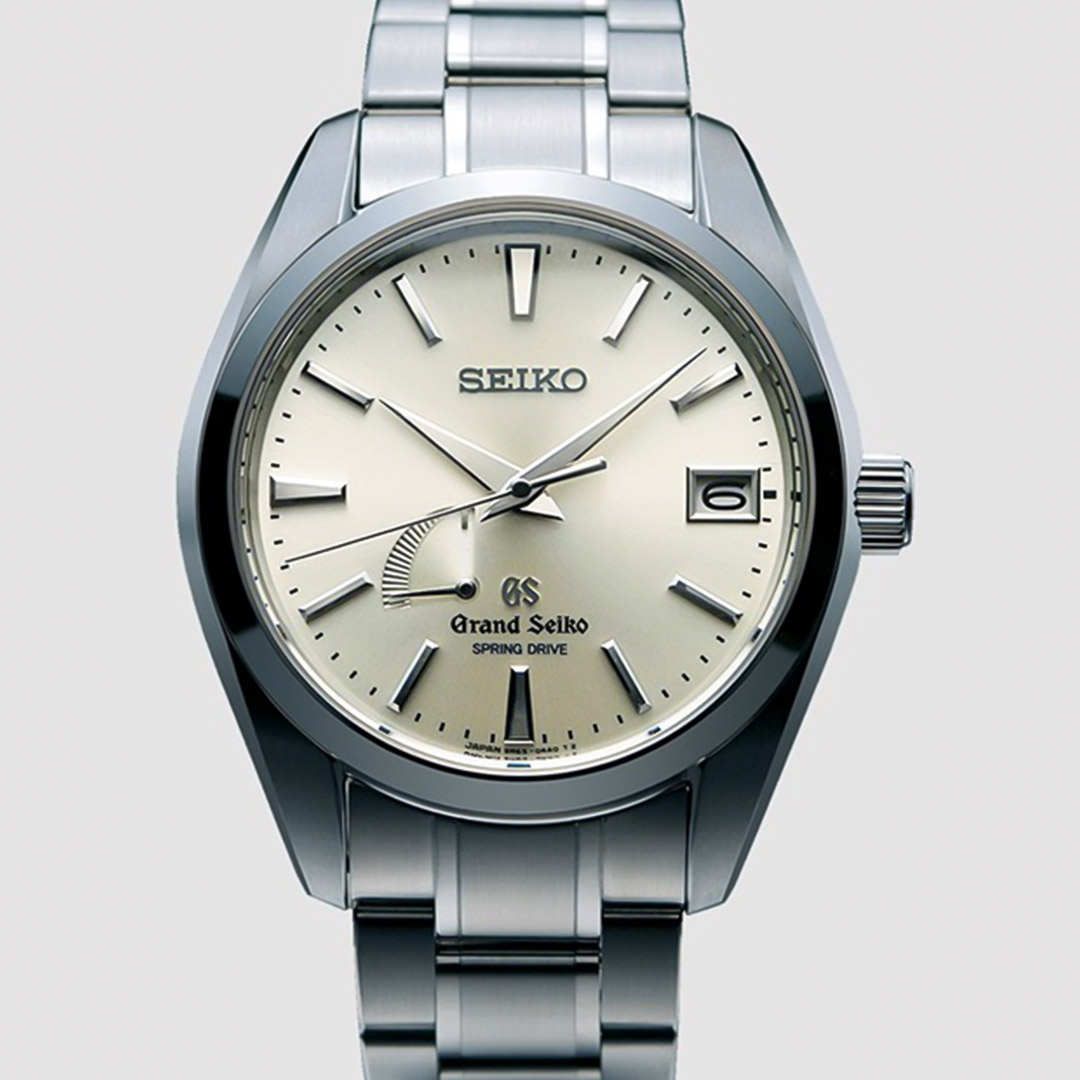
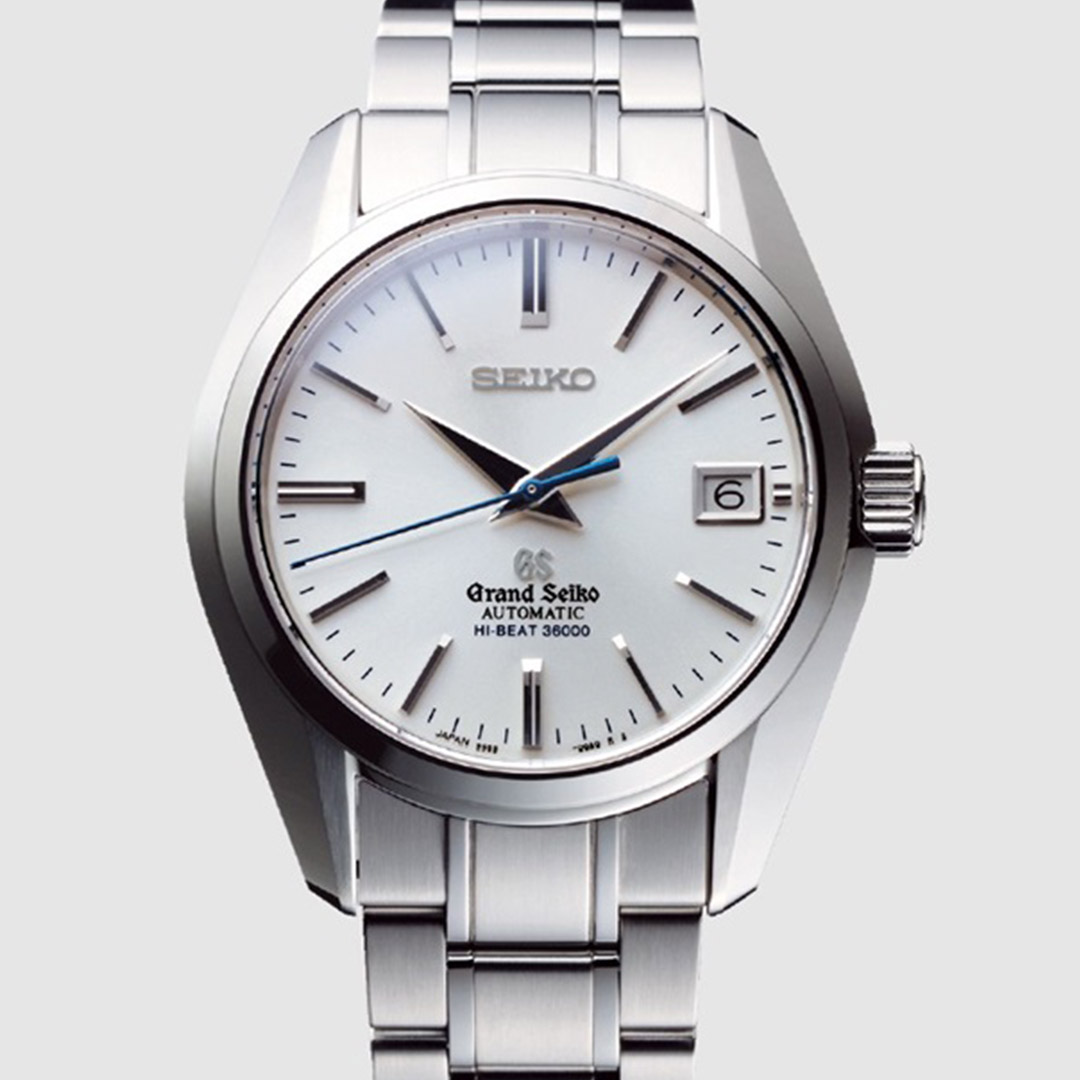
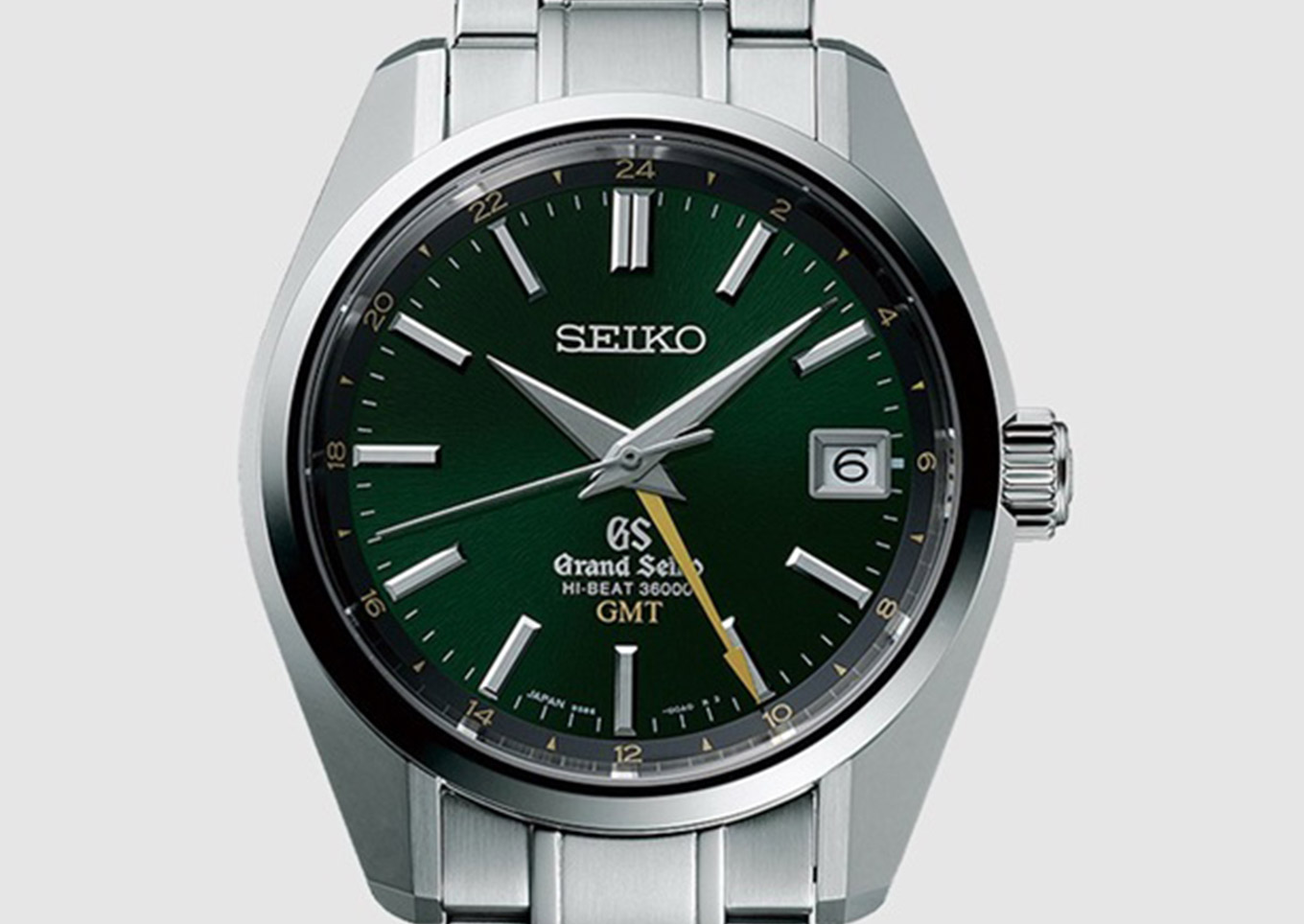
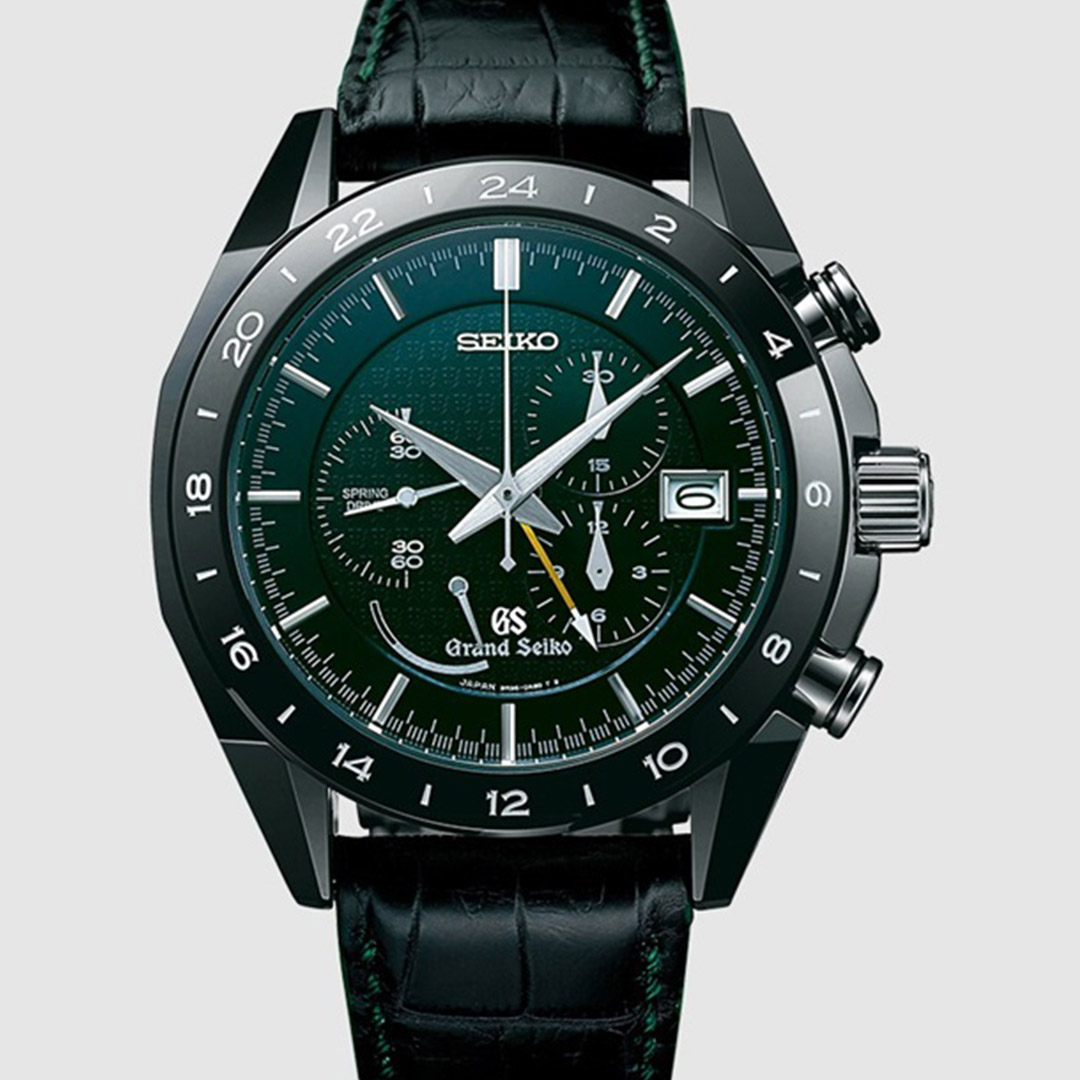
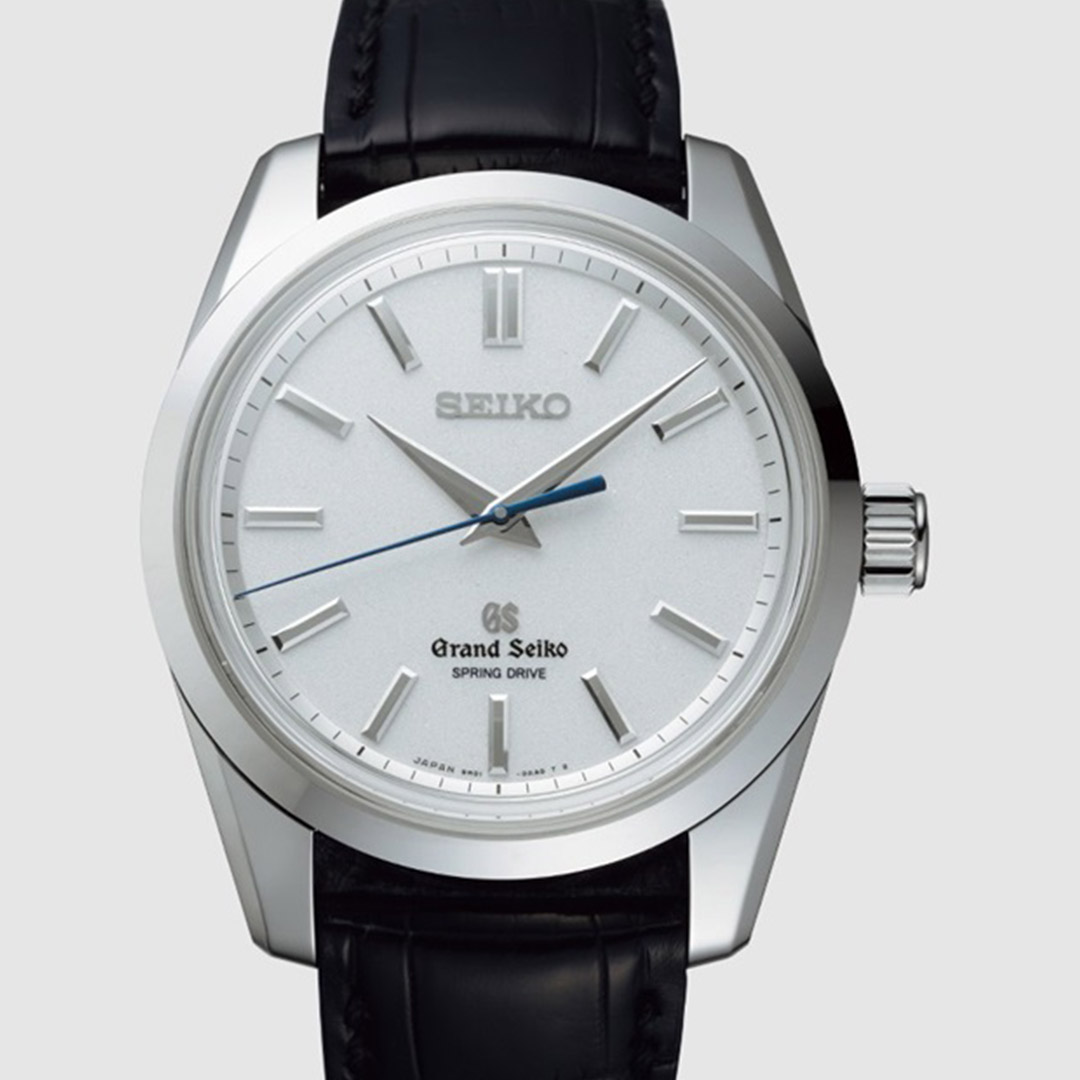
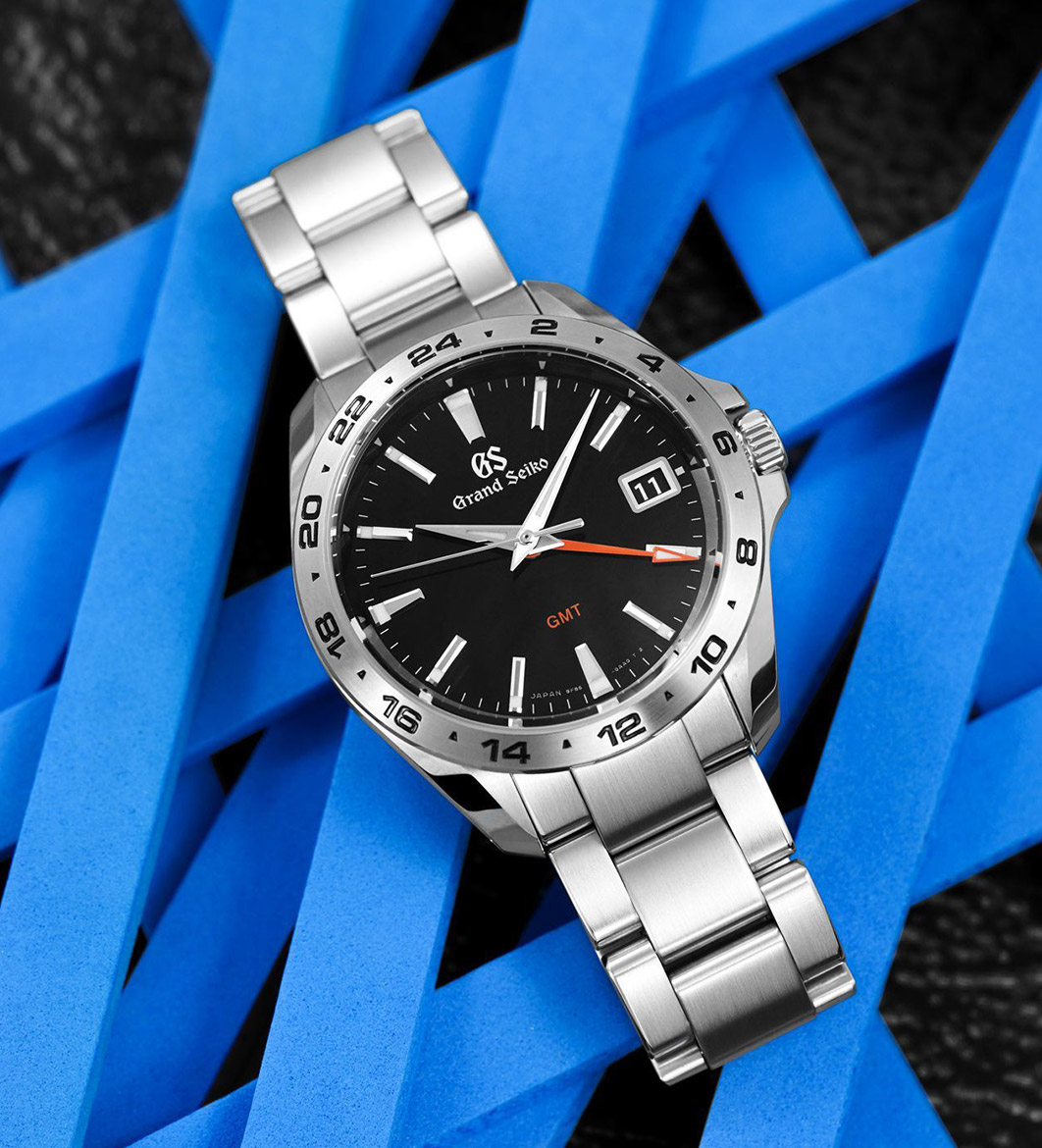
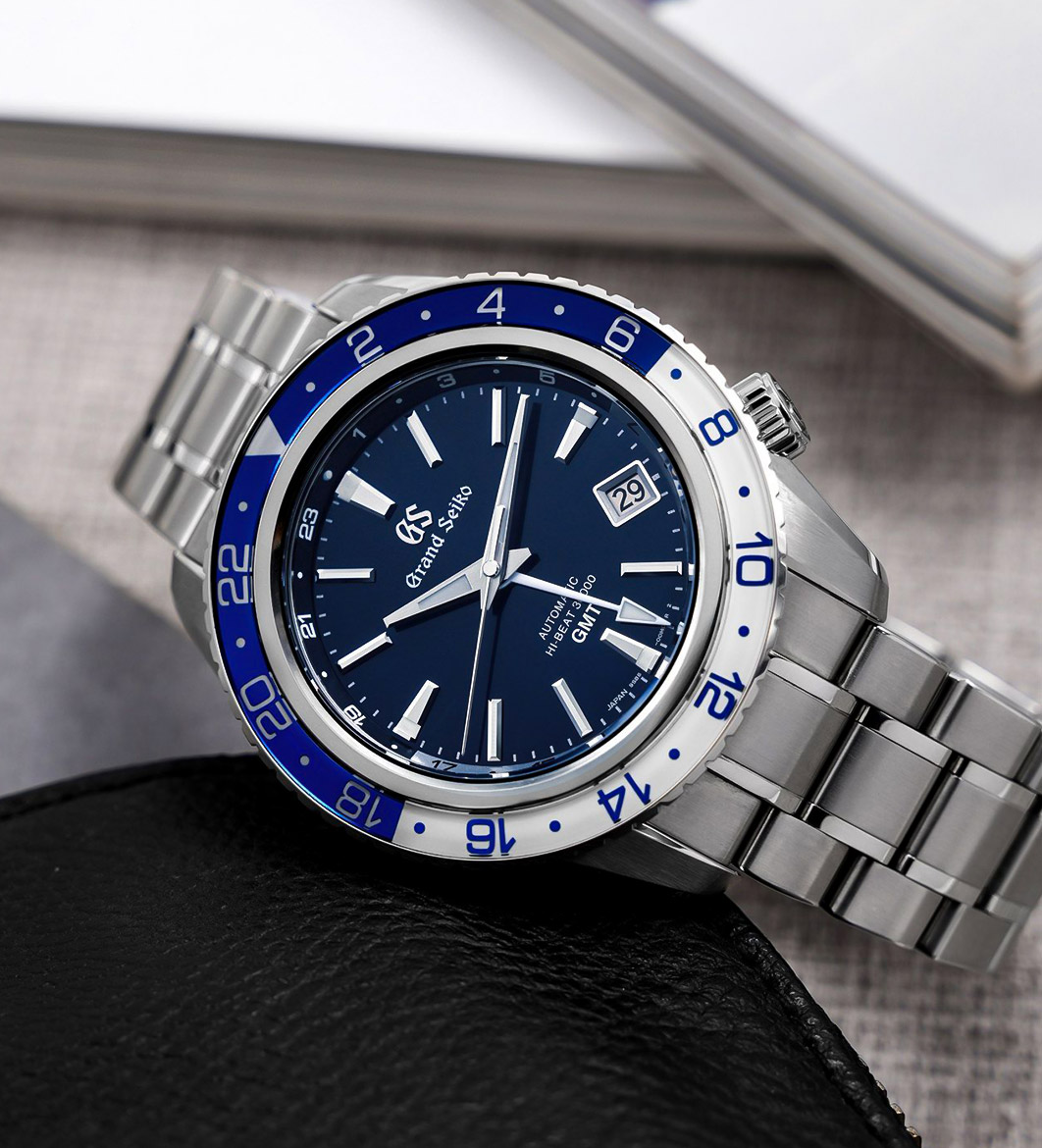
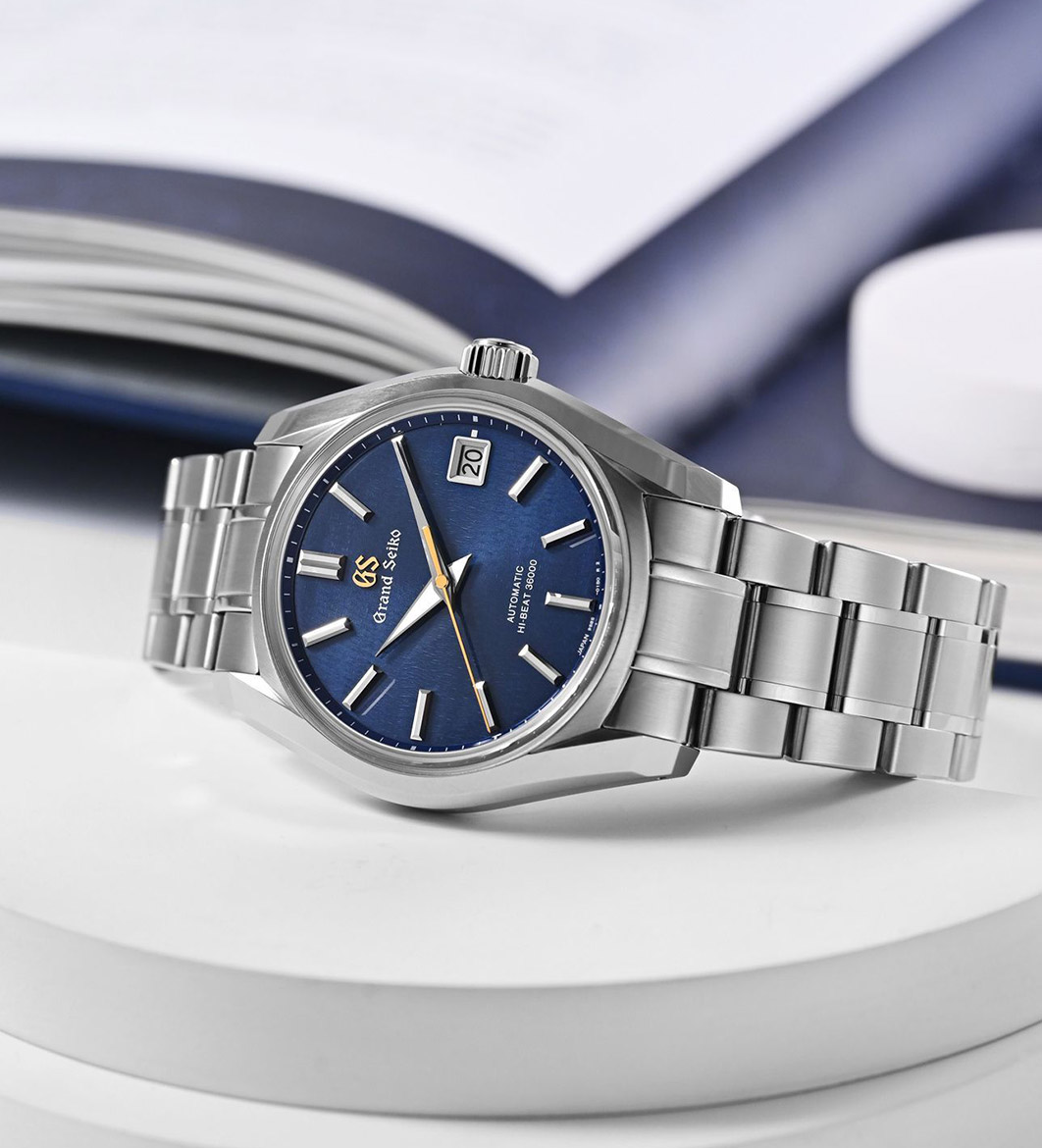
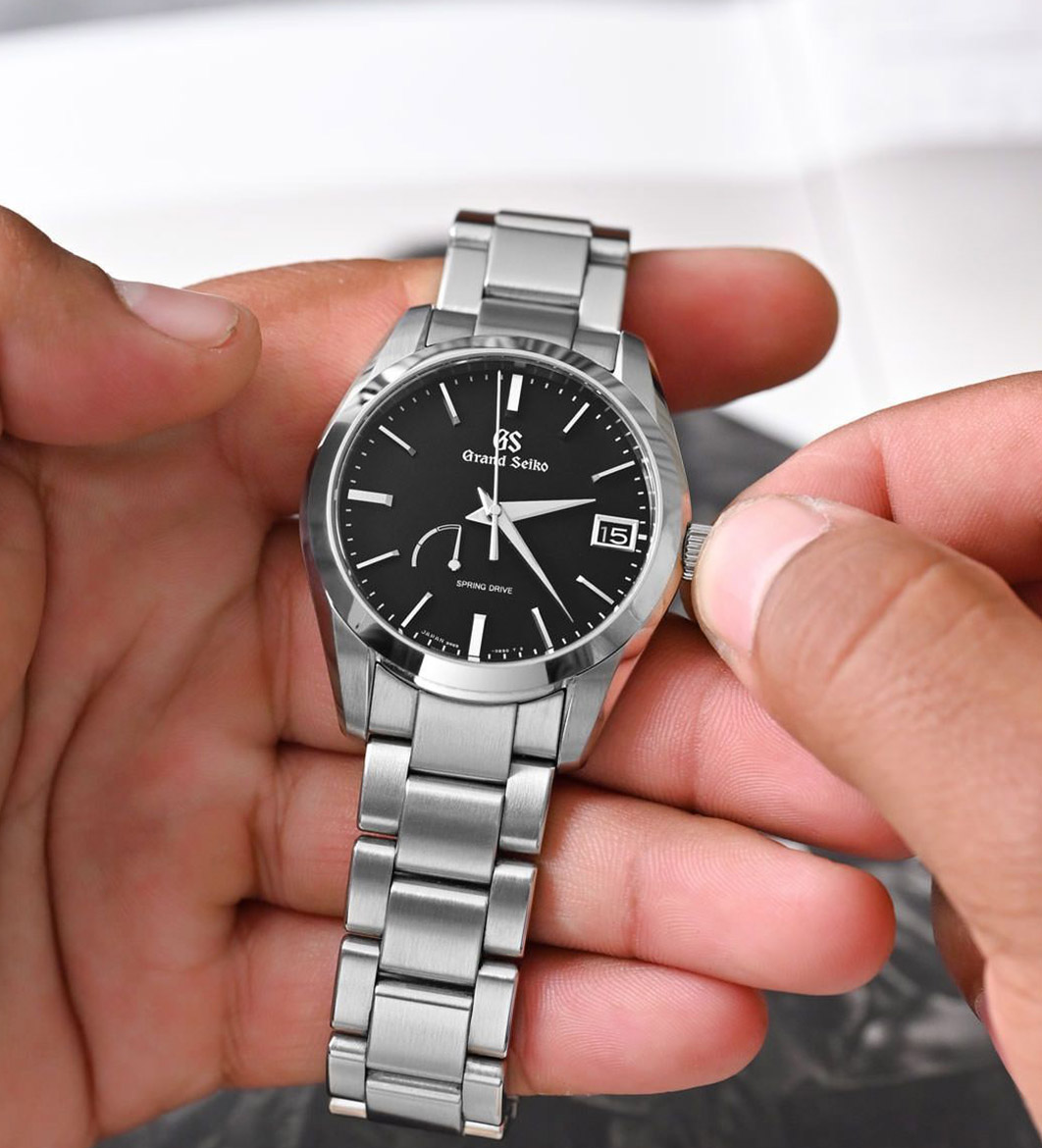
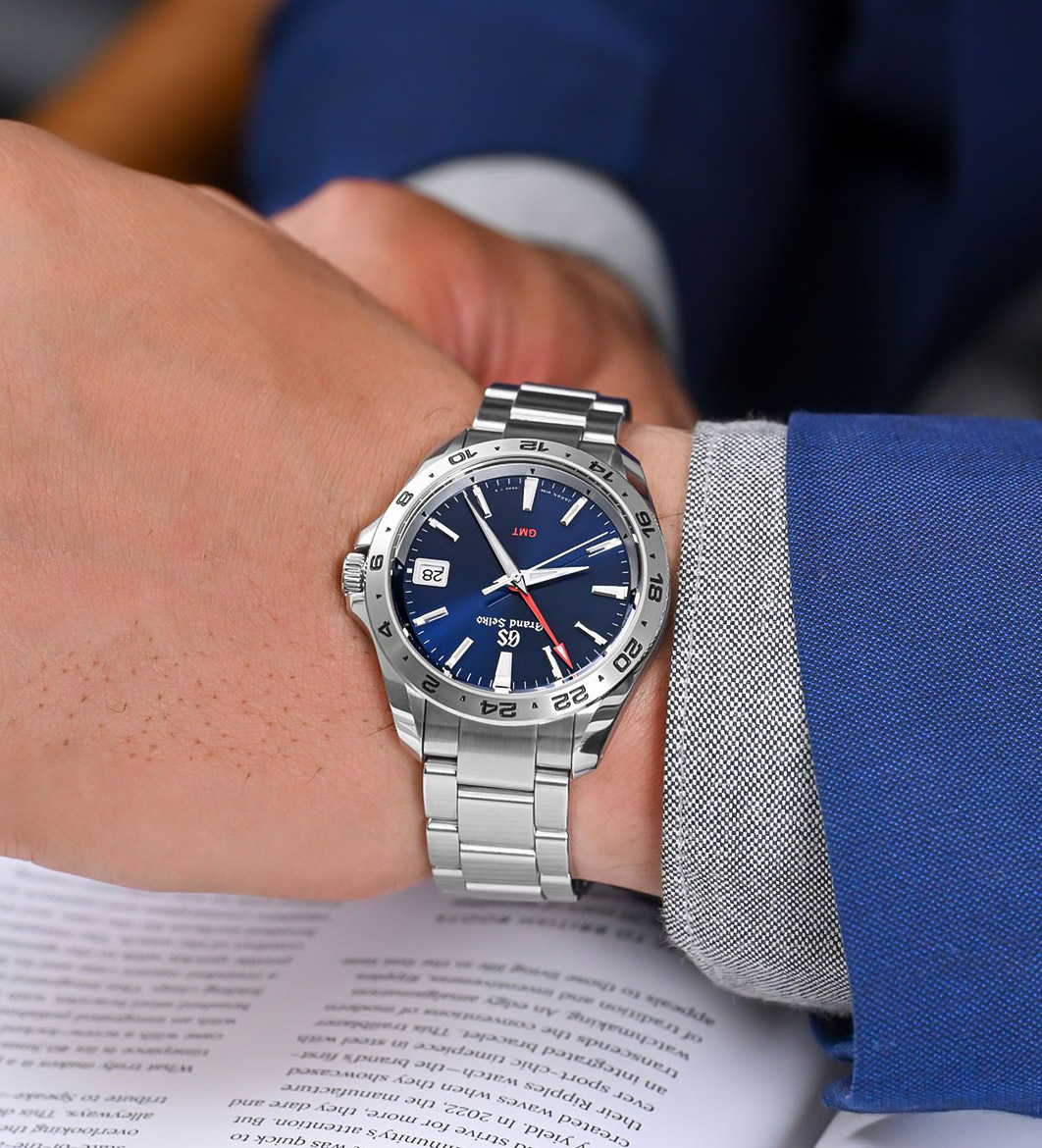
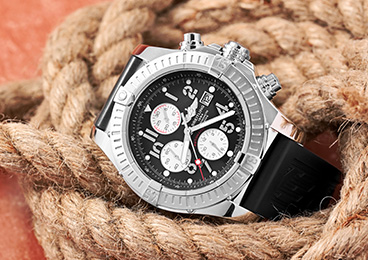


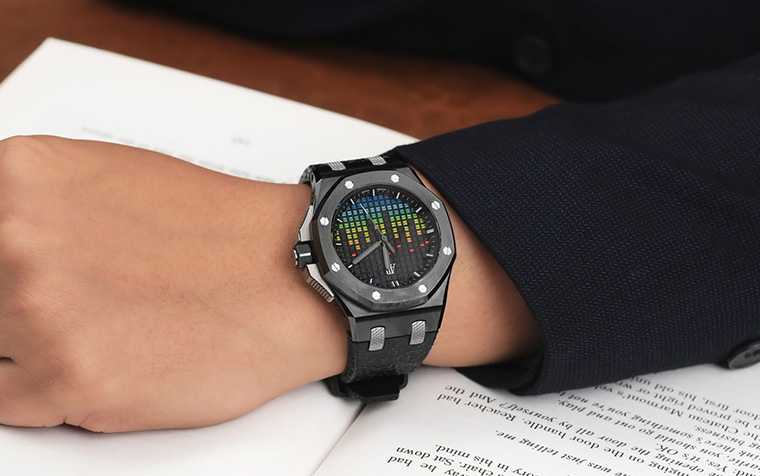
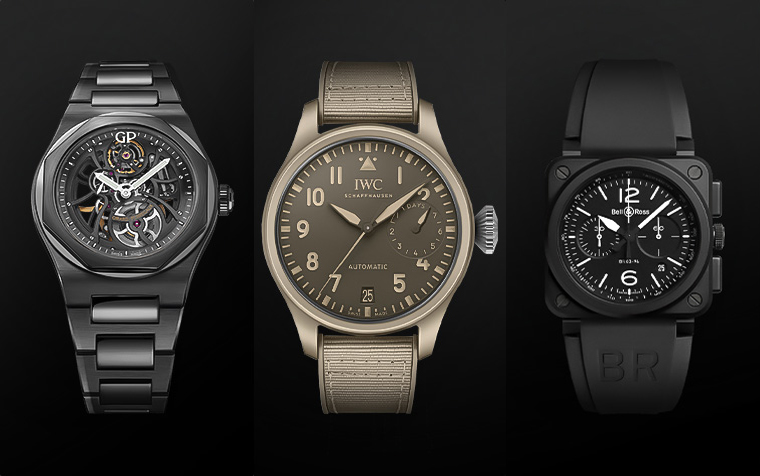
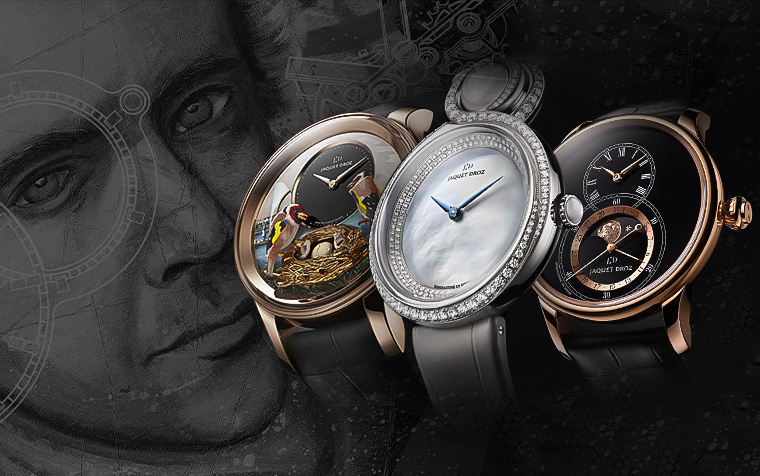



Conversation 0 comments